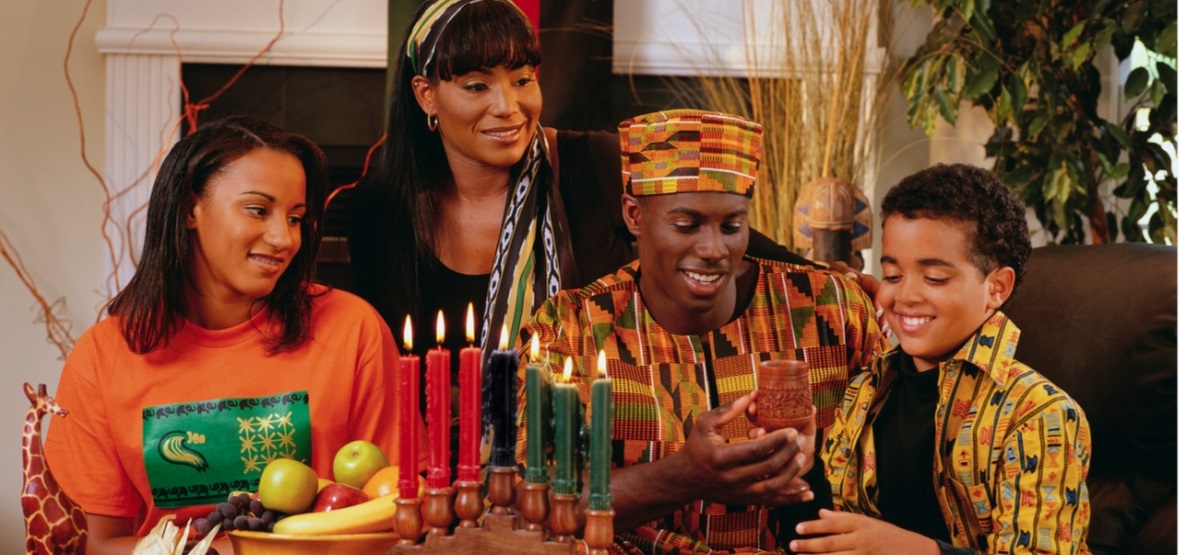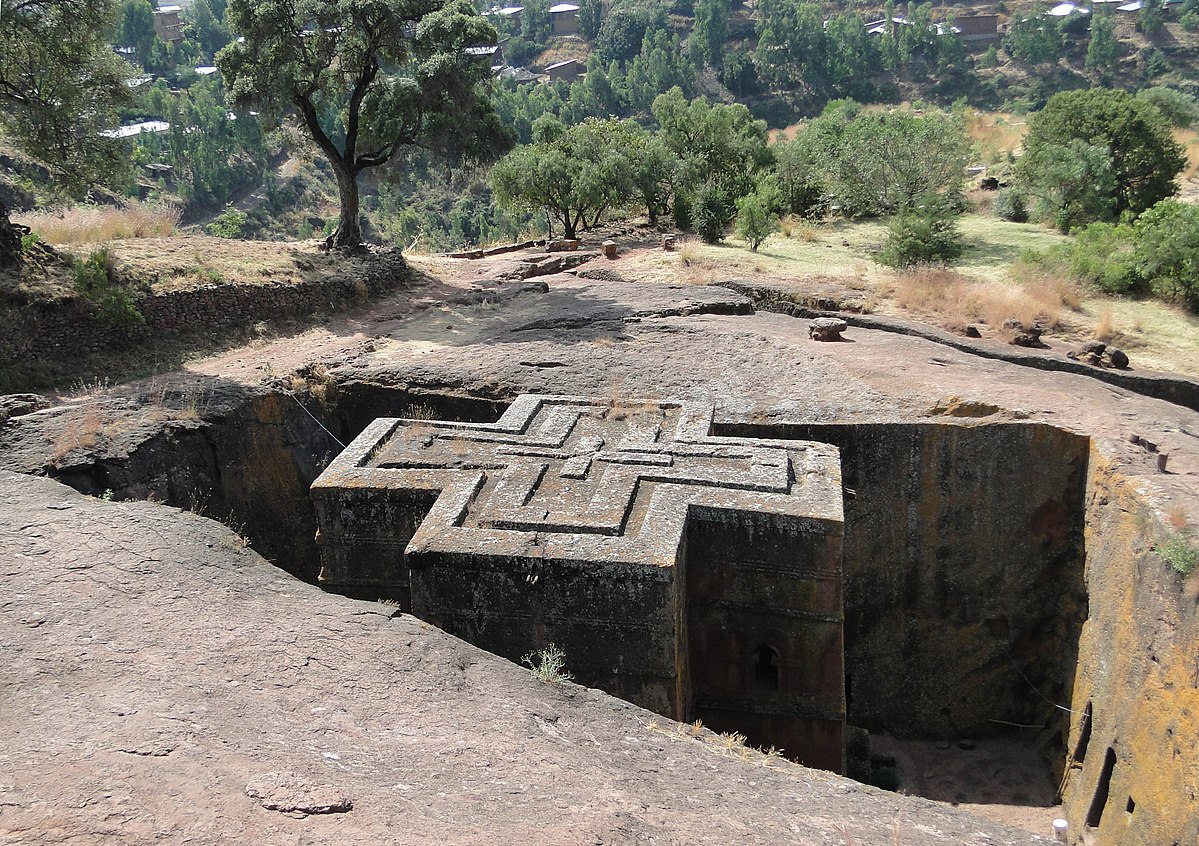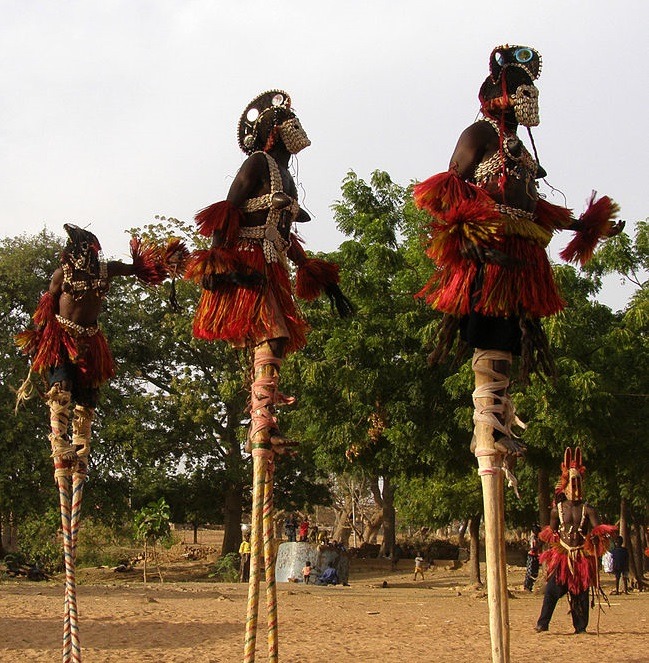Everywhere in the world there are many festivals, many cultures have their own vision of life and this helps to understand that with an open spirit, human beings are connected to all other vegetable, animal, mineral worlds, etc. We are not here to judge, knowing that many traditions and festivals evolve over time and the same thing happens in Africa: the basis is the same, but the forms change.
It is very difficult to say when the man started celebrating, but we know that he is part of a design that has astronomical and natural rules and that all this is related to spirituality, the various forms of art and culture in general . This precise exchange makes man understand that he must respect a balance that existed before his arrival on Earth. So we will try to understand the reason for these holidays based on the ancient African vision.
The various myths of the holidays
According to some, myths should not be given importance, yet we use so many of them in our daily lives, in religions and also in various sciences, although these cannot explain everything.
In Africa, for certain peoples, the figures of Osiris (Aousar) and Isis (Asata) are at the origin of many festivals, because according to the myth they constitute the first human couple that allowed for balance between creation and men. It is for this reason that the representations of Osiris while hunting are fundamental for the festivals and initiatory rites of the Malinké hunters; like him they don’t hunt for the pleasure of shedding blood, but rather to balance the animal world when it is found in abundance in a specific area. These creatures trade with humans and not all are edible, as some are totemic animals. In Cameroon the Bamuni people, who live near the Noun River, remind us of the primeval waters; the abundance of aquatic creatures constitutes an exchange between these various aquatic worlds and should be celebrated.
There are many types of celebrations in Africa, but here I will elaborate on three in particular.
Feasts of the founding myths
Among the Dogon of Mali le Sigui ceremonies they take place over a period of seven years every sixty years. This cycle corresponds to the time of a revolution of the star Sirius B around Sirius A. They commemorate the revelation of the oral word to men, as well as the death and funeral of the first ancestor and constitute an important ritual of regeneration, where life and death they are united with the deities of the cosmos. Every sixty years, the soul of the ancestors enters the Kanaga masks in the form of lizards and snakes; the largest of the masks, the serpent, is seven meters high. Perched on their stilts, the dancers, covered in cowrie shells, whip the air with the tails of warthogs (a kind of wild boar).
Photo by BluesyPete, Wikimedia Commons
Agricultural holidays
In the Nubian Egyptian myth, the grain sown on the ground comes to life after forty days. It is a dialogue between man and the earth: “You, man, have taken care of me by bathing me and respecting my sacred times, therefore your harvest will be abundant. But always remember to stay connected between the various worlds, with the other forces of the cosmos”. Certain African sages have told me of intermediary spirits, who are called when there are problems such as famine or rain.
Cultural festivals
These three festivals have music and dance in common, which are instruments of thanksgiving and connection with certain entities through trance, a state in which the notion of time is lost. There Feast of Muganuro in Burundi he celebrates the sowing of sorghum with sacred drums. Before the colonization this was the most important cereal and constituted a guarantee against famine. This national holiday was banned by the colonizers with the support of the Catholic Church in 1930 and was then reintroduced in 1963.
Yam Festival among the Ashanti: yam is one of the main ingredients of the daily diet in various West African countries. In August, the population of central Benin gathers around notables and kings to celebrate a rite of continuity by eating the new tubers together, thanking the gods and ancestors for the good harvest and asking that it continue over the years. Huge hand-made umbrellas protect the Oba, i.e. the king.
A more recent pan-African festival is that of Kwanzaafrom the Swahili phrase “matunda ya kwanzaor “first fruits of the harvest“, an annual community celebration that lasts from December 26 to January 1. Each day has its own theme: self-determination, faith, unity, economic self-sufficiency, sharing, creativity, collective work. With its red, black and green colors it is also celebrated in America.

Photo by Istock
And finally it should be remembered the Gennà, the Coptic Ethiopian Christmaswhich is celebrated on the night between 6 and 7 January in Lalibela, a UNESCO heritage site with its cave churches carved into the rock.

Photo by Bernard Gagnon, Wikimedia Commons

